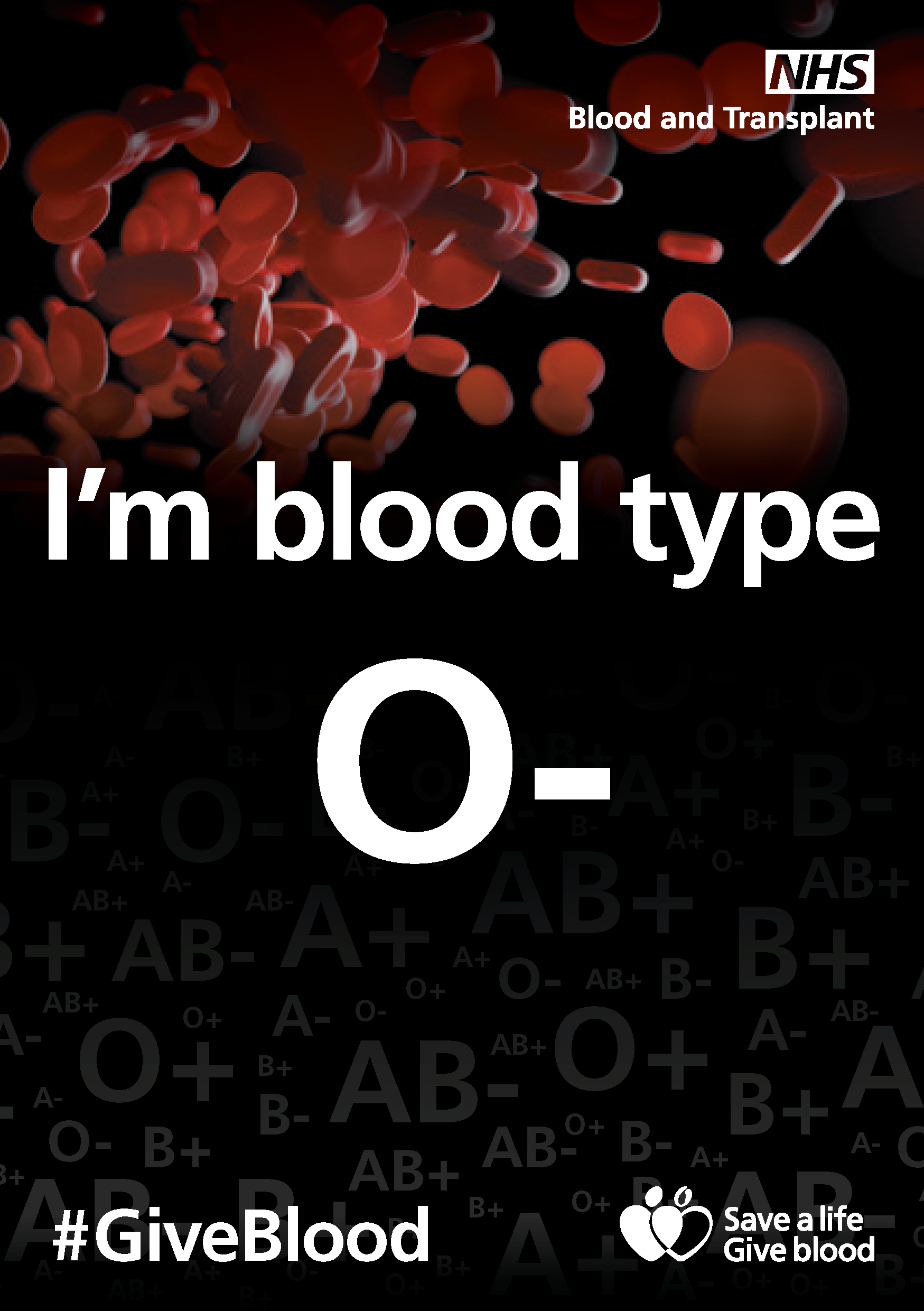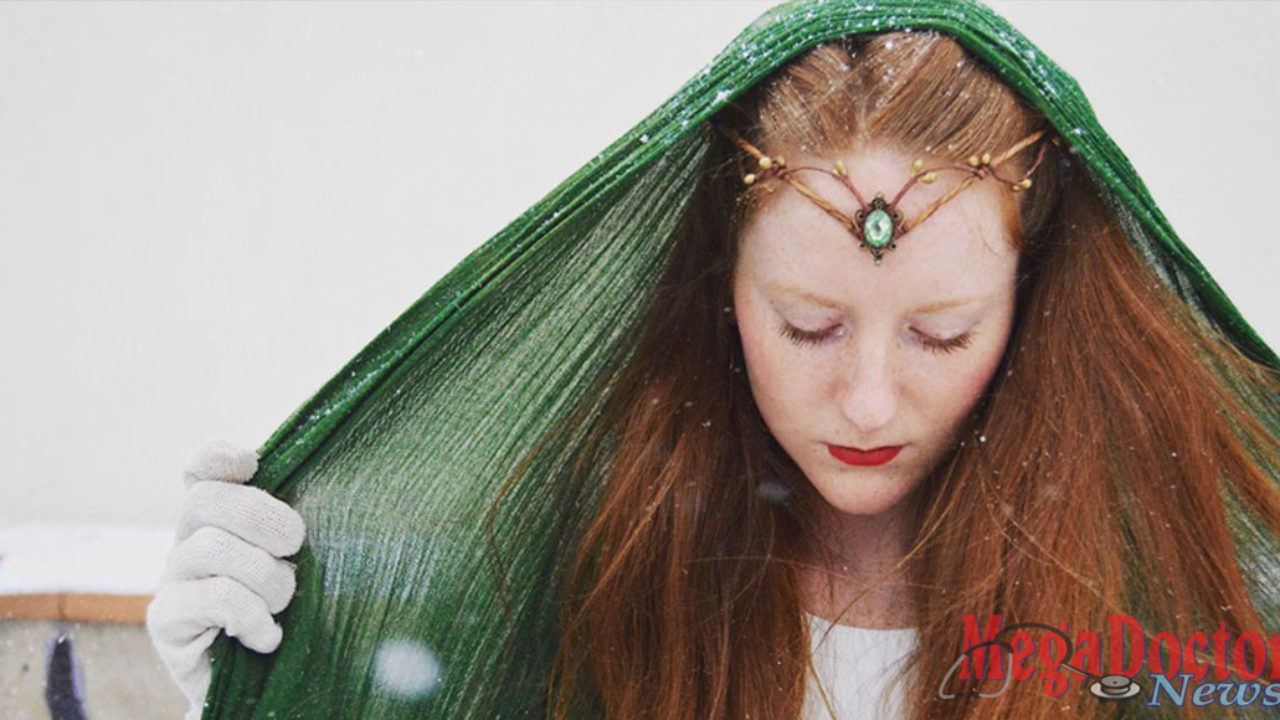

The history of blood transfusion goes all the way back to the 1600’s, when William Harvey discovered the circulatory system. Blood transfusions often resulted in death, as the receivers immune system would attack the foreign, unmatched blood that was transfused. In the 19 th century, no one understood that people had different blood types. In fact, coconut water preserves teeth better than milk - something to keep in mind the next time a tooth gets accidentally knocked out! In a pinch, coconut water is tolerated fairly well by humans. Coconut water (the juice inside a young coconut, not "milk" which is made from grinding up the meat of the fruit) has fewer electrolytes than blood plasma, but it is sterile and works in a similar manner to a saline IV drip. In emergency situations, J apanese and British medics would resort to coconut water. Coconut Juice Blood Transfusions in World War IIĪs World War II raged through the Pacific, blood products were in short supply. Native Americans are the next highest proportion of the population to test as Rh negative: approximately 10% of donors from this population lack this protein. Caucasians are the most likely to be Rh negative, with approximately 17% of blood donors demonstrating a lack of this protein. The majority of people in any geographical region are Rh positive. It is the most common blood type among Australian Aborigines, Celts, those living in Western Europe, and in the United States. The O blood type is the most common around the globe, and is carried by nearly 100% of those living in South America. It is found in up to 10% of the population in Japan, Korea, and China, but is extremely rare in other regions. Spanish Empire: The Rise and Fall of a Great Power This blood type is also fairly common in India and other Central Asian countries. Nearly 25% of the Chinese population demonstrates this blood type. The B blood type is rare in Europe (about 10% of the population), but fairly common in Asia. In Montana, 80% of the Blackfoot tribe has the A blood group.


This blood type is also found in high levels among small, unrelated groups of people. Nearly half the population in Denmark, Norway, Austria, and the Ukraine have this blood type. The A blood group is common in central Europe. The O blood type is the most common blood type around the world.Īccording to the National Center for Biotechnology Information (a molecular biology resource funded by the government), the breakdown of blood type by region is: People in A and AB blood groups appear to be at a greater risk of infection and the worst Covid-19 outcomes.Blood types vary depending on the geographical region: Scandinavians have a high probability of carrying the A blood type, while those indigenous to central Asia are more likely to carry the B blood type. The researchers used blood group A as a reference for how likely people were to catch the coronavirus.Īfter taking into consideration all the other risk factors for Covid-19, scientists said those with type AB blood were 15 per cent more likely to test positive for the virus compared with type A.Īnd those in type B group were 21 per cent more likely than type A to get the virus. The list below shows the percentage of donors with each blood type:ĭata from NHS Blood and Transplant, accurate at December 2018.

There are eight main blood types but some are rarer than others. If there's no reaction, donor blood with the same ABO and RhD type can be used. If you have a blood transfusion - where blood is taken from one person and given to another – your blood will be tested against a sample of donor cells that contain ABO and RhD antigens.
How rare is a negative blood type series#
If the blood does not react to any of the anti-A or anti-B antibodies, it's blood group O.Ī series of tests with different types of antibody can be used to identify your blood group. If, for example, the solution contains anti-B antibodies and you have B antigens on your cells (you're blood group B), it will clump together. To work out your blood group, your red cells are mixed with different antibody solutions. Your blood group is identified by antibodies and antigens in the blood. This is so your blood can be matched to someone with the same blood should they need it.īlood is made up of red blood cells, white blood cells and platelets in a liquid called plasma. Your blood group will be checked if you give blood through NHS Blood and Transplant, and it will be recorded on your official donor card. You can find out your blood group if donate blood, which only one in 25 people do, according to the NHS.
How rare is a negative blood type professional#
Sometimes a healthcare professional will check your blood type for medical reasons or if you need a blood transfusion. GPs do not routinely do tests for people's blood groups.


 0 kommentar(er)
0 kommentar(er)
